
String Art Generator
String Art Generator by Yiran is a grasshopper plugin which generates a string art sequence based on an input image. You can


Algorithmic Design (AD) is a programming-based approach to design where, instead of creating a model of the intended design, the designer creates a program that generates the model of the intended design.
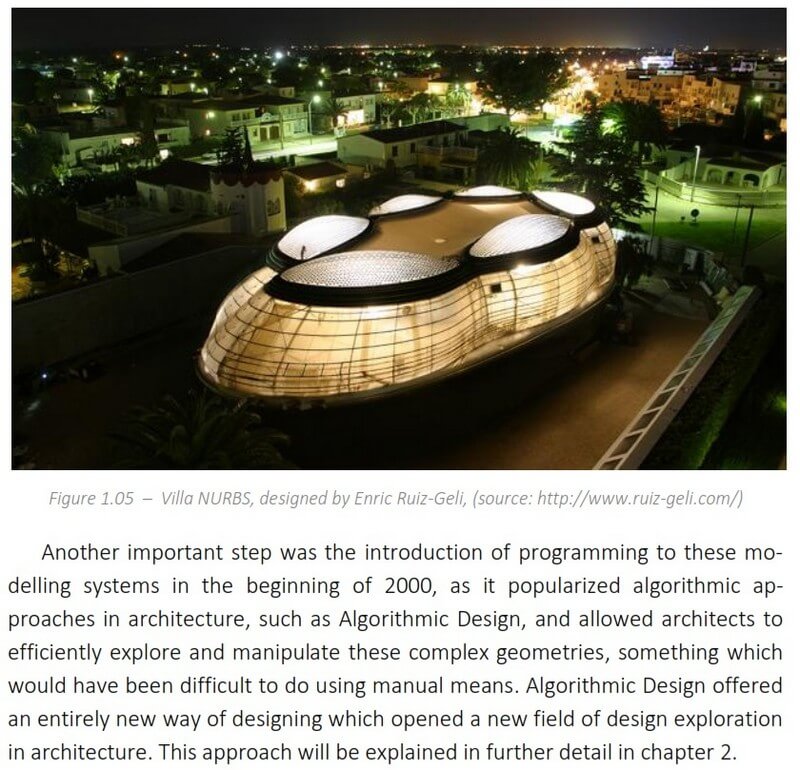
This approach provides many opportunities for innovation and improvement in the design process. However, despite having been extensively explored with geometry-based Computer Aided Design (CAD) tools over the past years, AD has only recently started to be explored with the Building Information Modelling (BIM) methodology brought by BIM tools.
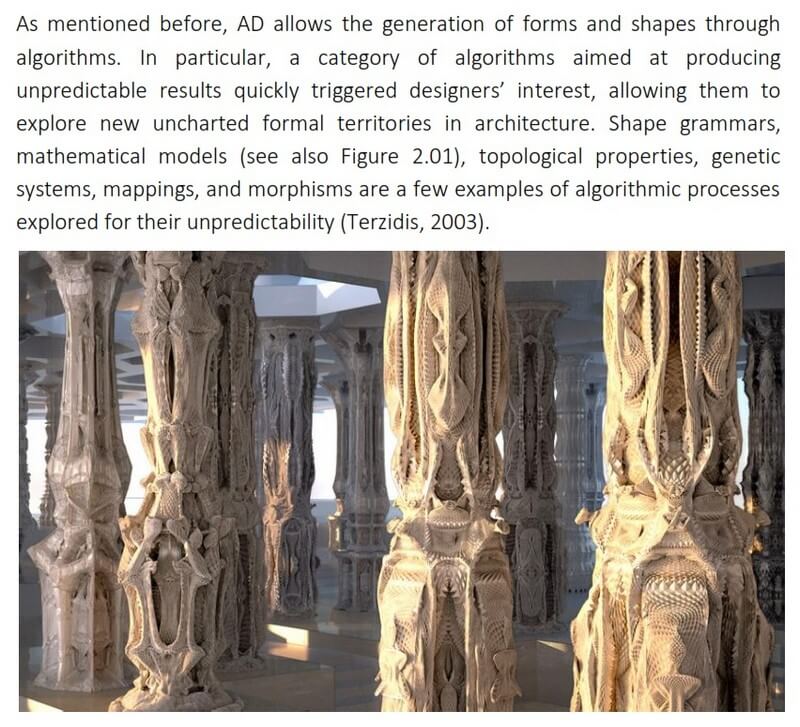
BIM brings substantial gains to the design activity and, as a result, has started to become mandatory in architectural practices all over the world.
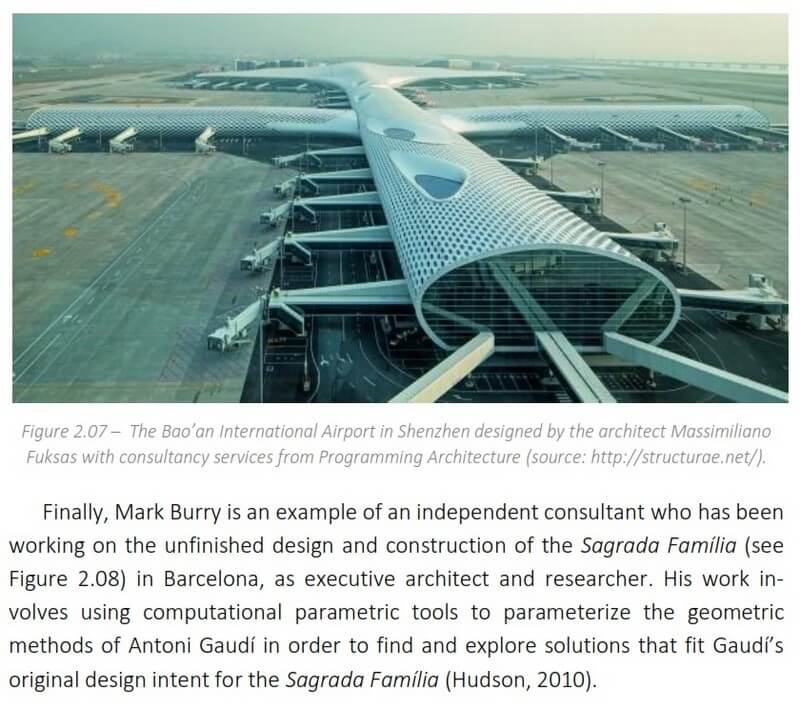
By combining algorithmic processes with the BIM methodology, a new approach to design emerges, one that we designate Algorithmic-based Building Information Modelling (A-BIM).
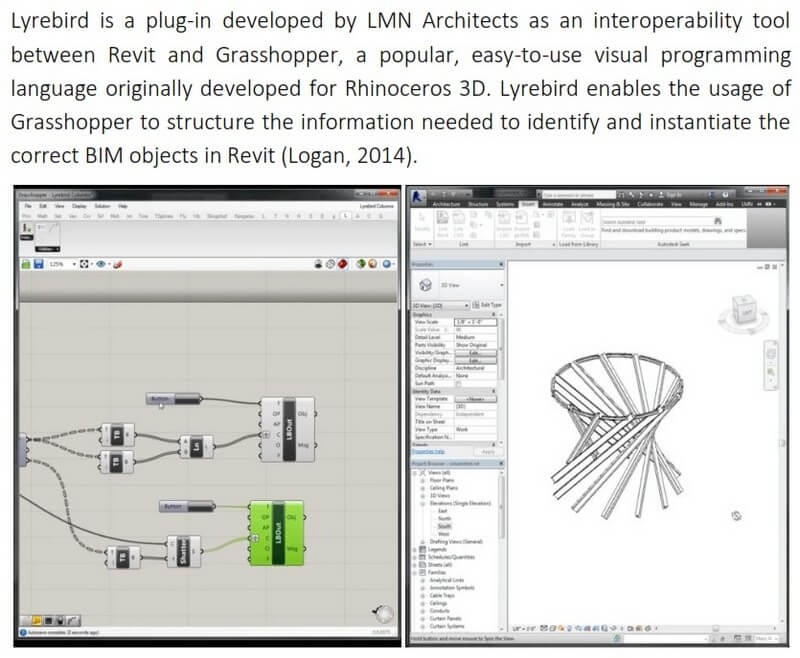
In this thesis, author defines, explores and evaluates A-BIM in the context of architectural design. Through a case study, she compares A-BIM to two other design approaches, namely an algorithmic approach to geometry-based CAD and a manual BIM approach, and she shows that A-BIM can offer great benefits to architectural practices.
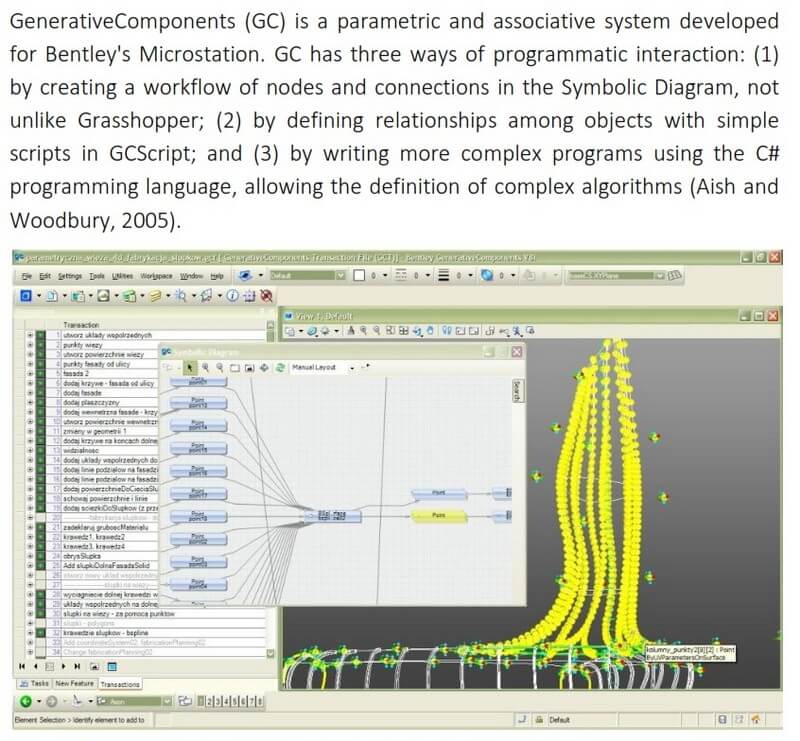
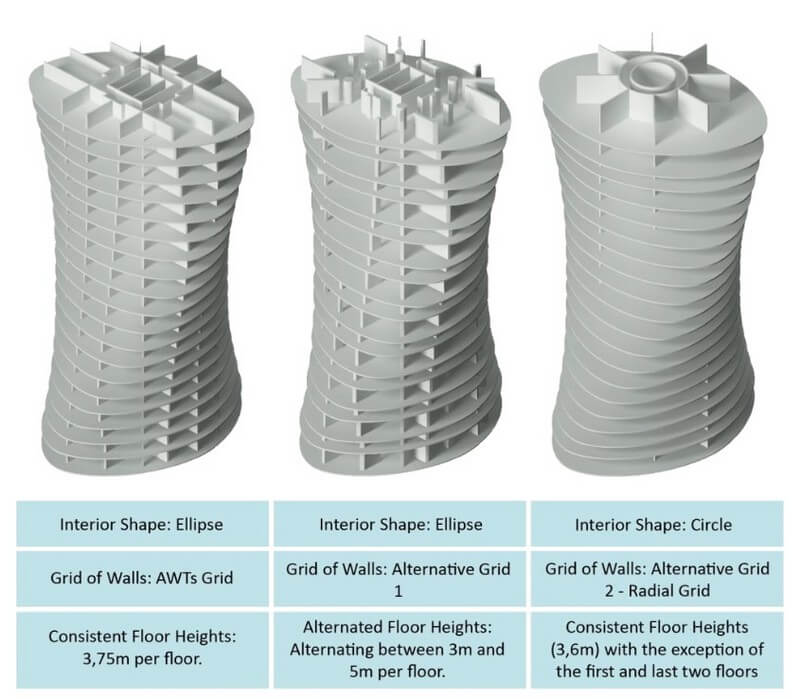
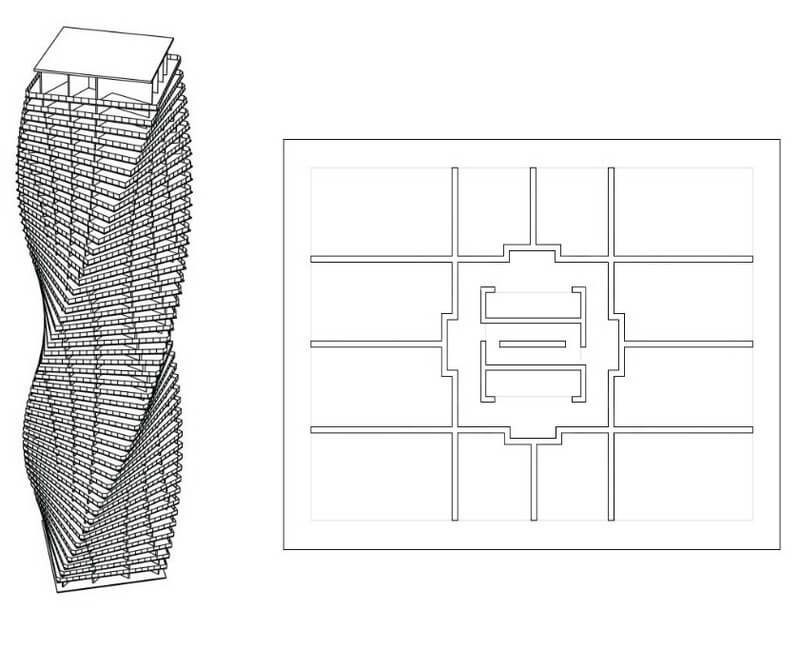


String Art Generator by Yiran is a grasshopper plugin which generates a string art sequence based on an input image. You can

This paper by Alessandro Liuti, Sofia Colabella, and Alberto Pugnale, presents the construction of Airshell, a small timber gridshell prototype erected by employing a pneumatic formwork.

In this paper by Gregory Charles Quinn, Chris J K Williams, and Christoph Gengnagel, a detailed comparison is carried out between established as well as novel erection methods for strained grid shells by means of FE simulations and a 3D-scanned scaled physical model in order to evaluate key performance criteria such as bending stresses during erection and the distance between shell nodes and their spatial target geometry.

In this paper by Frederic Tayeb, Olivier Baverel, Jean-François Caron, Lionel du Peloux, ductility aspects of a light-weight composite gridshell are developed.
Parametric Ideas for Architects @2025